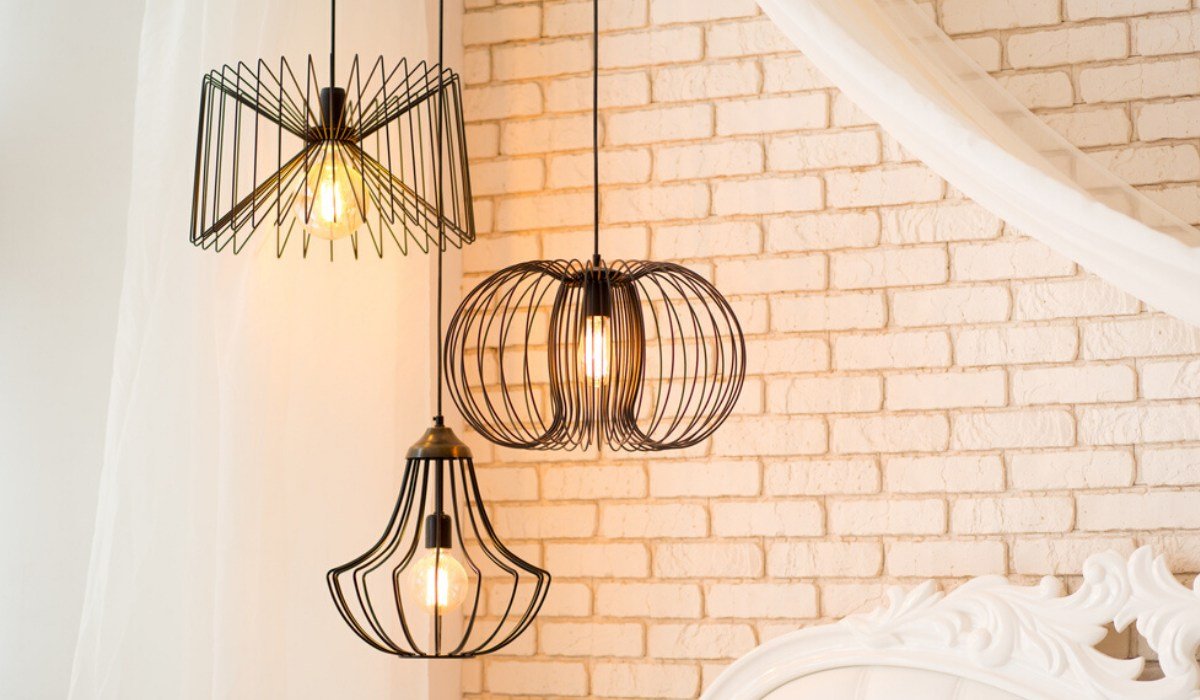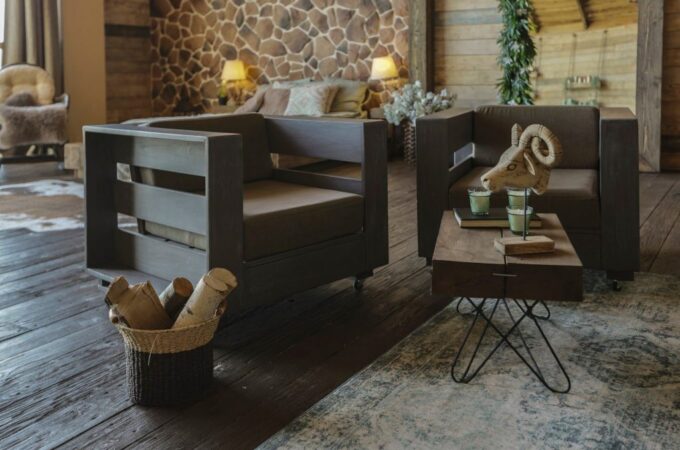
7 Key Tips for Choosing the Best Lighting for Your Home
There’s a reason why the lighting industry is worth an estimated $42 million. The right type of lighting can make or break a home. Unfortunately, creating the perfect light for a home is anything but easy.
Many people make simple mistakes that can throw off the entire balance of a room. Luckily, we’ve organized this list of lighting basics to help you create the perfect vibe in your home. So, if you’re ready to learn about the best lighting for your specific needs, then let’s get started!
Seven Tips For Mastering the Lighting Basics in Your Home
It’s important to remember that there’s no one-set light scheme that will work for every home. Instead, it depends on factors like room size, furniture, and personal preference. However, some lighting basics can be applied to any home. In this section, we’ll be covering seven tips that go over these basics.
1. Choose a Type of Lightbulb
First things first, you need to choose a lightbulb type for your home. This is important because it can affect both the appearance of your home, as well as your energy consumption.
Generally, there are four main types of lightbulbs: incandescent, fluorescent, halogen, and LED. Incandescent lights provide a warm glow that works well with lamps. However, they also use the most amount of energy.
If you want warm light that’s slightly more energy efficient, then go with a halogen bulb. Fluorescent lights are incredibly energy efficient. But, the light they provide is quite cool and harsh. As such, they might not fit the feel of some rooms. Finally, there are the LED options. This is the most energy-efficient choice, but it’s also the most expensive.

2. Decide on a Style
It’s important to pay close attention to the style of your room, then choose the lighting option that fits it best. For example, a minimalist, modern style might work best with fluorescent or LED lights.
These types of lights will blend in naturally with the cool feel of the style. Similarly, if you prefer a cozier farmhouse or bookshop vibe, then go with a warmer light, like incandescent or halogen. Some styles simply lend themselves to certain light types. Others require you to simply choose the option that you like best.
3. Layer the Light in Your Rooms
Many people make the mistake of relying on a single light source for each room. While this might work occasionally, it’s a much better idea to layer the light in your home.
There are four main types of lighting layers that you should consider: ambient lighting, general light, task lighting, and accent lighting. Ambient lighting provides a soft glow that accompanies the room. General lighting is used mainly for practical purposes, like overhead ceiling lights.
Task lighting is used to illuminate a specific area of the room where certain tasks are performed. Finally, accent light is used to add character and drama to an area. We recommend starting with accent and ambient lighting. Then, layer in more lights as you need them.
4. Take the Size of the Room Into Consideration
If you put an overpowering fluorescent bulb in a small room, then it can quickly overwhelm the space with light. Similarly, if you put a small incandescent bulb in a large room, then it won’t be enough to illuminate everything.
As such, it’s important to properly consider size before setting up lights in a room. Measure the length of the room. Then, choose lighting fixtures that cover this diameter and width. This will help ensure that the room feels more properly balanced.

5. Consider Installing Dimmers
Light dimmers come with tons of benefits. For one thing, they allow you to customize the amount of light that enters a room. If you want a cozy, romantic vibe, then simply dim the lights instead of completely changing light bulbs.
During certain times of days, you might require different lighting needs depending on how much natural light seeps through. They are also better for the environment. They allow you to keep the lights on a low setting when you don’t require tons of light.
6. Utilize Lampshades and Colored Light Bulbs
If you want to leave a big lighting impact without breaking the bank, then invest in lampshades. Lampshades can affect the color bulbs and allow accent lighting to shine through.
If you want to double down on unique colors, then consider purchasing some colored light bulbs. These types of products certainly won’t fit the styles of every home. However, for the ones that prefer it, these types of bulbs can pull a space together.
7. Consult With a Lighting Expert
If you’re having difficulty finding the best lighting option for your home, then don’t panic. The reality is that master lighting techniques can take years of practice to do it well. As such, you shouldn’t be afraid to ask a professional for help.
For example, services like Interior Deluxe allow you to consult with an interior designer. From there, the two of you collaborate to find the best option that fits your home’s needs. This option is nice because it provides you with catered advice. However, best of all, it teaches you important skills for future lighting needs.
Want More Content? Keep Reading
We hope this article helped you learn the lighting basics that you can apply to your home. If you’re having difficulty figuring out the right light scheme in your home, then don’t give up! Experiment with different combos, or consult with a professional. With time, you’ll eventually figure out the right light scheme that works best for your home and personal preference.
Then, you can enjoy the best lighting that your home deserves. Did you enjoy this article? If the answer is yes, then you’re in the right place. Keep exploring to find more topics that you’re sure to love.




